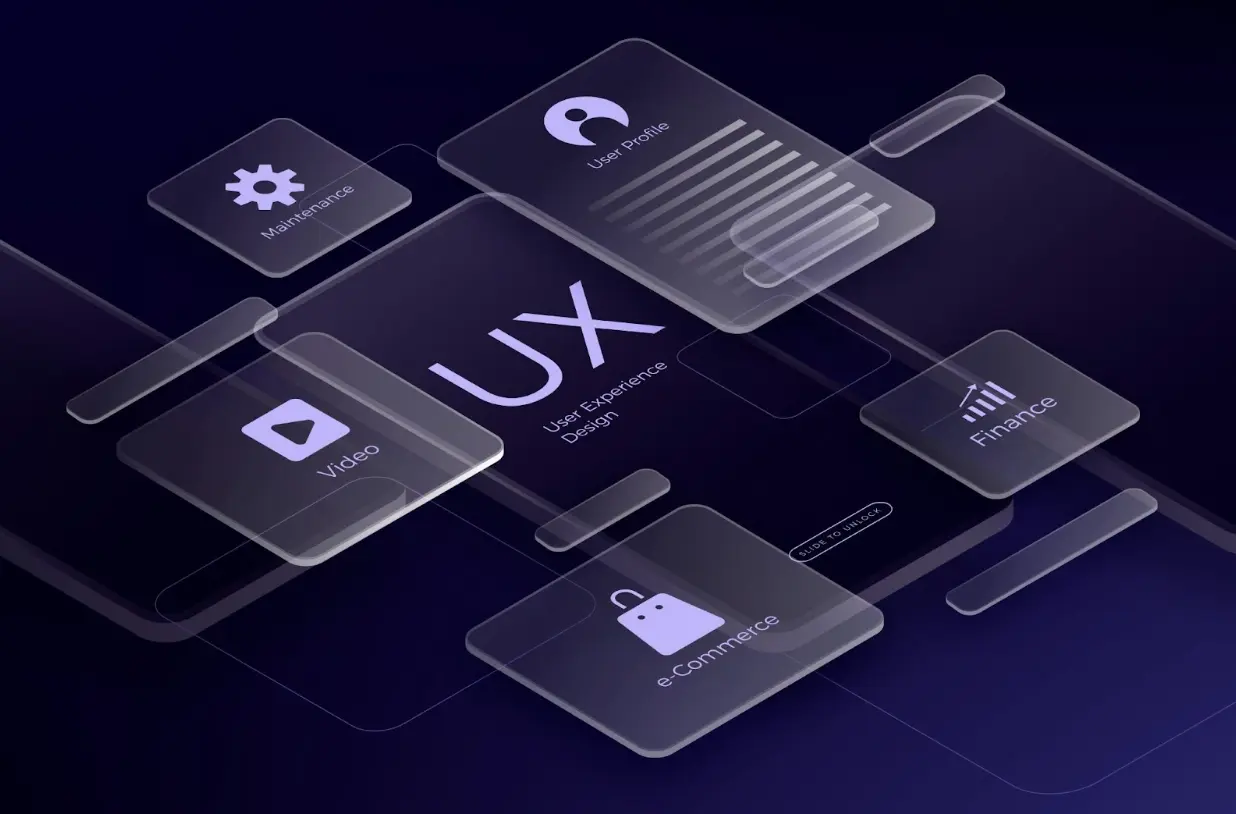
In a society with ever-changing customer expectations, artificial intelligence (AI) has greatly impacted user interface design. The role of AI in UX design goes beyond being a mere technological fad; it enhances engagement, customization and efficiency. Through analysis of huge data sets, AI enables the creation of interfaces that are user-friendly and can be customized. With this in mind, the IT managers and product teams should offer experiences that anticipate client requirements to increase customer satisfaction leading to business growth.
We make use of AI technology at Unico Connect to ensure that we offer better and smarter mobile and web solutions for all types of businesses. This article will explain how you could harness the power of advanced AI user interface design innovatively to drive your organization towards success.
Artificial intelligence user interface design incorporates natural language processing (NLP), computer vision (CV), and machine learning (ML) into the UI/UX processes. In other words, AI utilizes data for enhancing user interactions, as well as carrying out design and behavioral analysis. From the perspective of someone who is into UX design, artificial intelligence can provide insights that could be used to give recommendations on how to enhance the user experience or customize the interface better. By taking care of repetitive tasks and offering information that is driven by analytics, AI assists designers. It accelerates designing while enhancing user concentration thereby enabling creators to deliver unmatched experiences accurately - a principle upheld by Unico Connect.
By facilitating hyper-personalized user experiences that adapt in real-time to match user behavior and preferences, AI is transforming UI design. Repeated tasks like wireframing or layout changes are automated using AI powered UI, therefore freeing designers for creative experimentation. Interfaces that react to user input improve usability and engagement. These AI in UI design features improve retention, conversions, and user satisfaction. At Unico Connect, AI is a game-changer as it guarantees our in-house teams create not just aesthetically pleasing interfaces but also functional ones that provide quantifiable value for businesses and their audiences.
In improving the user interfaces and experiences of digital products we use every day, AI is applied in various practical ways. Some examples include:
The growing synergy between AI and UI design will pave the path for more and more sophisticated and intuitive user experiences. Several major trends will shape the future of UI design:
AI tools for UI designers are transforming workflows in 2025. Here’s a roundup:
The use of AI in UI design is powerful but it raises many ethical issues that one should consider. These include:
For businesses that want to come up with new ideas and enhance the way users interact with their products, they cannot avoid using AI UX design. Here's how you can start:
The unmatched personalization and productivity offered by AI user interface design are transforming the design workflows. It enables companies to prosper by creating adaptive and captivating AI user interfaces. We at Unico Connect use AI for UX design so that we can provide seamless solutions that improve user experiences.
Ready to build smarter interfaces? Contact Unico Connect today and integrate AI into your design processes.
Q1: Is AI replacing UI designers?
A: It is not true that AI is taking the job of UI designers. On the contrary, it enhances their capabilities by taking up routine work and providing intelligent information so that they can concentrate on being creative, strategic and empathetic.
Q2: What are easy AI tools for beginners?
A: There are AI tools for UI designers who have just started. Platforms such as Uizard, Khroma as well as integrated AI features within Figma have been designed with a beginner-friendly learning curve.
Q3: Is AI-generated design accessible?
A: AI user interface designs can be made easily accessible through a closely supervised activity. The inclusion of all users would also depend on designers making sure that outputs derived from AI are put to thorough tests and follow accessibility standards.